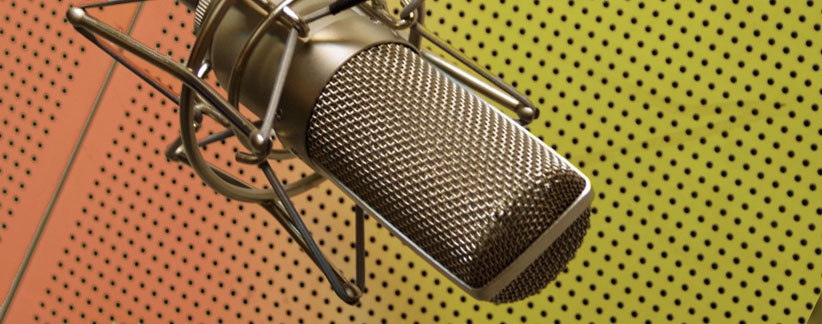The most significant tool in the arsenal of a sound engineer is his or her microphone locker. In your recording chain, condenser microphones are among the extremely vital elements. It is, therefore, essential to take the necessary steps in their proper care and maintenance.
If you care for your microphones, they’ll care for you. It’s that simple. Here, we’ve come up with some guidelines that would help you get the most out of your microphones.
Caring for ribbon microphones
You’ll need to treat your microphone the same way as you treat your precision instrument. The ribbon microphones are not as delicate as a Stradivarius. Most of the dynamic microphones won’t suffer damage when tossed in a milk crate. However, you need to be extremely careful with the ribbon mics. You should always treat them like valuable tools.
Be careful not to put your microphone down on the floor. The ribbon mics have powerful magnets in them, which can attract small, metallic particles. If this happens, it’ll result in distorted recordings. It’s extremely important not to underestimate the strength of a ribbon mic’s magnetic force.
As far as possible, don’t lend your precious ribbon microphone to a novice. Many won’t understand how to care for the ribbon mics and handle them properly. If treated like the dynamic microphones, your ribbon mic will come to you in an unusable condition. You must also strictly avoid blowing into the ribbon mic to see if it’s working.
About the positioning and connections
When you’re close-miking the high-energy sources, make sure you always position your mic a little off-axis. This will give it some protection from the extremely loud sources. Ribbon mics possess a more even pattern of pickup. There is no impact on your recording even after moving it slightly off-axis.
A concentrated blast of air from a loud source can damage your microphone’s delicate ribbon. To prevent this from happening, using a pop filter would be the best thing to do.
You can connect a ribbon mic to a phantom-powered microphone input without causing any damage to it. Before connecting to a ribbon mic, it’s always good to turn off phantom power. When you’re getting off an airplane, make sure you loosen the relief valve on the case. You must also equalize the air pressure if you are transporting your mic in an aircraft.
You must do this before placing your mic in the cargo hold. There’s a change in air pressure with a change in altitude. To equalize the air pressure, loosen your case’s relief. You can also choose to create a small vent hole for equalizing air pressure.
How to care for condenser microphones
For many studios, condenser microphones are their sonic backbone. These mics are a proven workhorse in many of the recording applications. Taking care of it would ensure its strong performance for many years. When not in use, make sure that you keep your condenser mic in a plastic bag.
This will prevent any airborne dust particles from settling on the capsule. Plastic bags also provide effective protection against foam particles from storage boxes.

